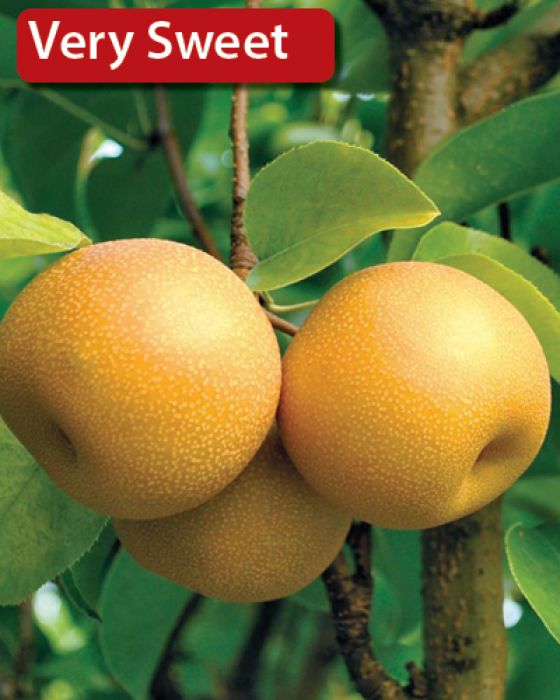Planting Bare Root Trees and Shrubs
Bare root plants are leafless, in a dormant state and without soil on their roots, thus the name. The experts at Gertens provide tips on properly planting and caring for these plants!



Fruiting Asian pear grown mainly for its edible fruit, has an upright oval form with glossy green foliage which looks great all season long. White flowers in spring make way to the unusual dark tan to light brown fruit, tasting like a cross between apple and pear, with crispy texture.
At Minnesota's Destination Garden Center, we offer a diverse range of trees to suit any landscaping need. Whether you're looking for shade trees to cool your home or ornamental trees to add beauty and interest, you'll find the perfect tree at Gertens. Our knowledgeable staff can help you select the right tree for your space and provide tips for care and maintenance. Visit Gertens today and explore the unmatched variety of trees to enhance your outdoor environment!
| Available for Pre-Order | Yes |
|---|---|
| Bloom Time | August, September |
| Tree Type | Fruit |
| Sun Preference | Full-Sun |
| Mature Height (Range) | 10 - 15 feet |
| USDA Hardiness Zone | 4, 5, 6, 7 |
| Common Family Name | Pear |